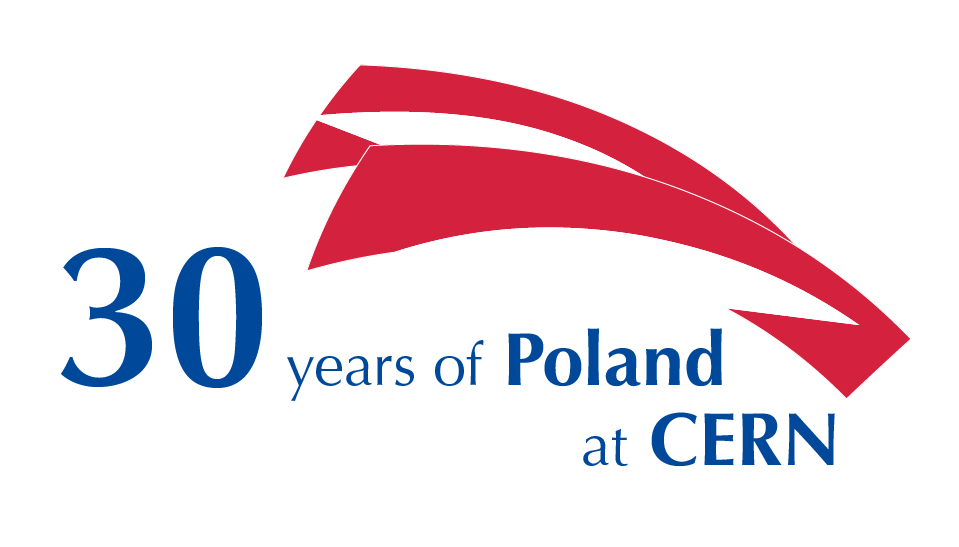
Poland
The first contacts between Poland and CERN were established in 1959 when several scholarships were awarded to young Polish physicists from Krakow and Warsaw. This soon developed into a wider collaboration between CERN and Polish institutes. In 1963 Poland became an Observer state at CERN, the only country from Eastern Europe to accede to this status. In 1991, Poland became the 16th member of CERN, and thus the first Member State from the former Eastern block.
Today, high-energy physics in Poland is concentrated in six higher educational establishments and two research institutes. The biggest groups are active in Krakow and Warsaw. Polish groups have a widely recognized technical experience and good computing resources, and are well integrated in the international particle and astroparticle physics community. Strong groups participate in all LHC experiments building important parts of the equipment, such as radiation resistant silicon detectors and electronics for the inner tracking detector in the ATLAS experiment, electronics for the muon trigger in the CMS detector, straw and silicon detectors for the LHCb tracker, and contributions to the PWO crystals for the ALICE PHOS detector.
Over the years 2005–2009, on average about fifty Polish engineers and technicians from Krakow, Wroclaw and Warsaw were active in the installation and commissioning of the LHC. Polish industry was also involved in the construction of the LHC and its experiments.
Poland is widely recognised for its contribution in the field of theoretical particle physics, in particular to development of state-of-the-art Monte Carlo generators for LEP, LHC and FCC.
Poland has a very active participation in the National Teachers Programme at CERN, in particular in the period from 2007 to 2011, during which time almost six hundred Polish teachers attended.
This page was last updated on 16 October, 2024
Industrial Liaison | Knowledge Transfer | Scientific Computing
